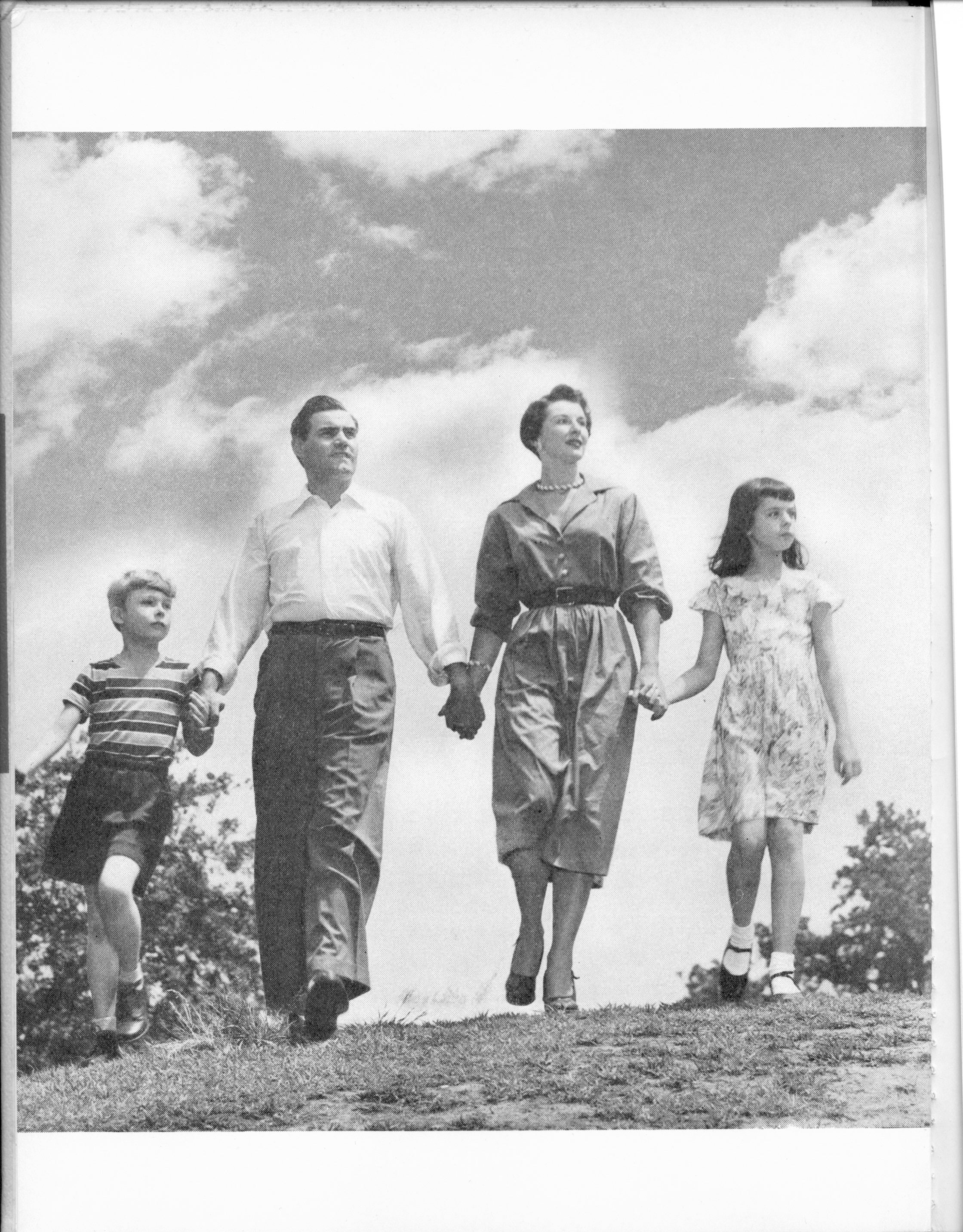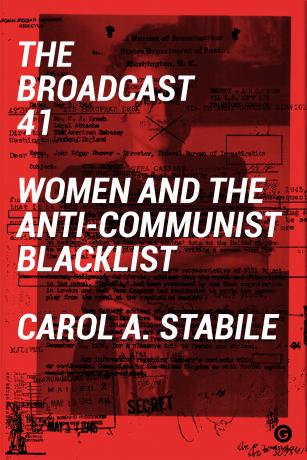The Broadcast 41
Why did images of white, nuclear families dominate television in the 1950s? Why has it taken nearly 70 years for images of a diverse America—featuring people of color, immigrants, women as independent social beings—to appear on prime time television? Challenging the longstanding belief that what appeared on television screens in the 1950s and after resulted from some social consensus, The Broadcast 41 addresses these and other questions by telling two intersecting stories. The first story documents the heterogeneous perspectives of a generation of progressive women who had been influencing media production in New York City in the 1930s and 1940s. These women had championed civil rights, fighting against racism in media industries and American society and politics. During a period of virulent anti-immigrant sentiment and anti-Semitism, they advocated for the rights of immigrants (then referred to as the “the foreign born”), as well as refugees from fascism in Germany, Italy, and Spain. In the wake of the Great Depression, they believed that all people should have economic security, affordable housing, and social security.

The second story recounts the activities of the American Business Consultants, a group of white, native-born anti-communists who created and carried out a blacklist that drove the perspectives of Vera Caspary, Shirley Graham, Hazel Scott, Margaret Webster, and many other progressives from the industry in the 1950s. By their own admission, these anti-communists intended nothing less than cleaning the house of broadcasting of influences they considered subversive and un-American.
The American Business Consultants coined the anti-communist tautology—"factual information”—to distinguish between their communication practices and what they described as the Communist propaganda of progressives opposed to racism and anti-immigrant policies. To influence public opinion, the group wrote and published influential anti-communist media that trafficked in misinformation, gossip, innuendo, and guilt-by-association intended to discredit and marginalize dissent. Former agents of the Federal Bureau of Investigation, the men behind the American Business Consultants (Kenneth Bierly, John Keenan, and Theodore Kirkpatrick) drew on the force of the anti-communist security state in their efforts to impose representations sympathetic to their version of Americanism on the new medium of television. With the aid of organizations like the American Legion and institutions like the Federal Bureau of Investigation, the American Business Consultants forced the new industry of television to censor references to civil rights, peace, economic equality, immigration, women’s rights, and other progressive ideas and to suppress memories of the rich political struggles that had accompanied the medium’s birth.
The Broadcast 41: Women and the Anti-Communist Blacklist is about this earlier era of fake news, attacks on progressives in media, and conservative backlash. The book describes what happens when one group’s version of Americanism dominates to the exclusion of diverse perspectives and opinions.
Because the project of recovering the lost histories of women in broadcasting is an ongoing one, this website is being developed as a way to share research and information about the Broadcast 41 and other people marginalized by the blacklist. Where a single book can tell only a limited story and is then completed, this website provides an evolving platform for information about the Broadcast 41 in an effort to fully restore them to the history of broadcasting. Only nine names appear on the site right now, but we are adding content in the hopes of having full pages for each of the Broadcast 41 by spring 2019. Thank you for your interest and your patience!
